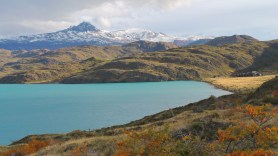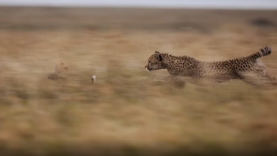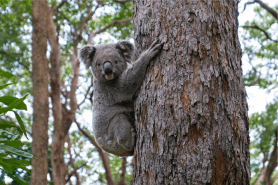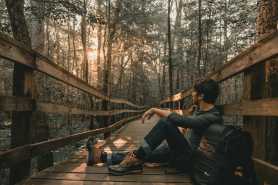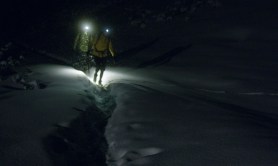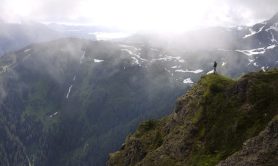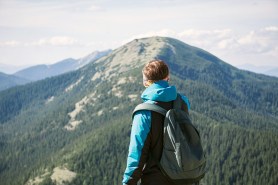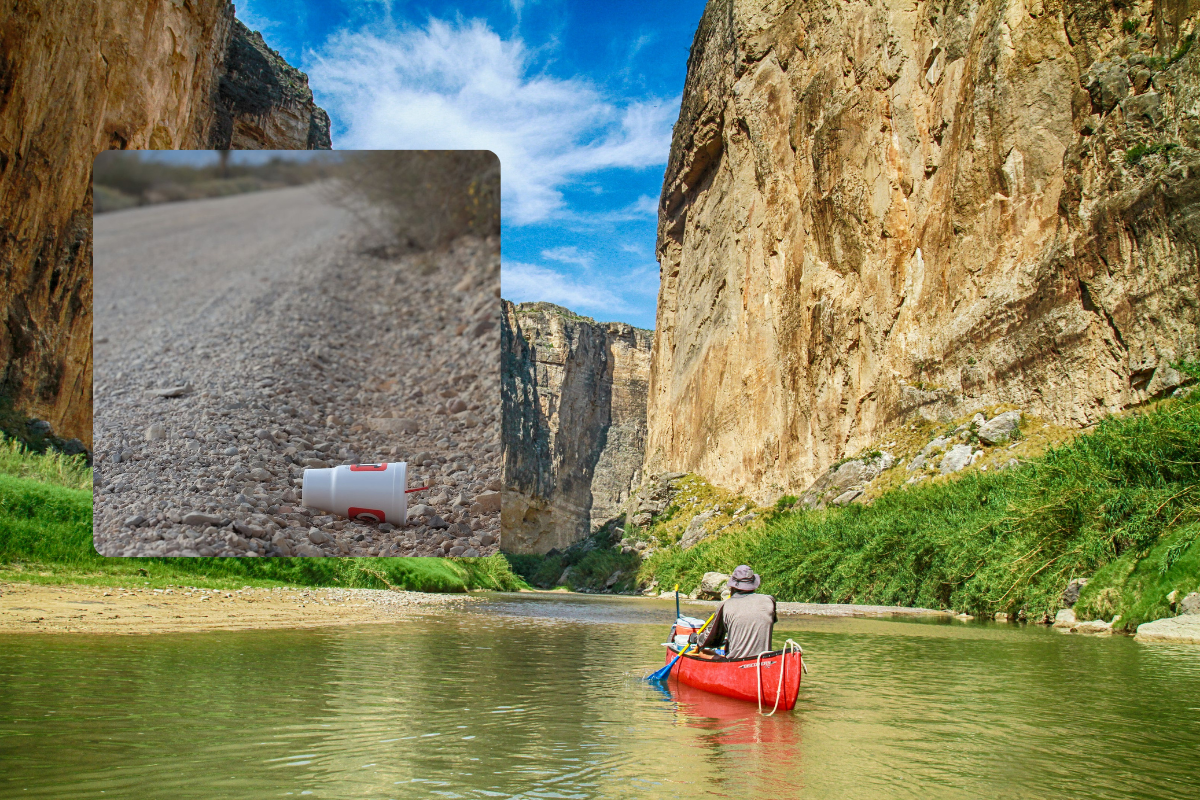

Unfortunately, now and then, a national park needs to remind visitors to clean up the trash they leave behind. We’ve seen it at places like Rocky Mountain National Park and other well-known destinations. The latest park to share more about the issue is Big Bend.
Videos by Outdoors with Bear Grylls
“When you visit, let’s leave no trace: no trash, no leftover snacks,” wrote Big Bend officials in a social media post. “We understand accidents can happen unintentionally, but a little extra mindfulness goes a long way. Wildlife relies on us to keep their home clean.”
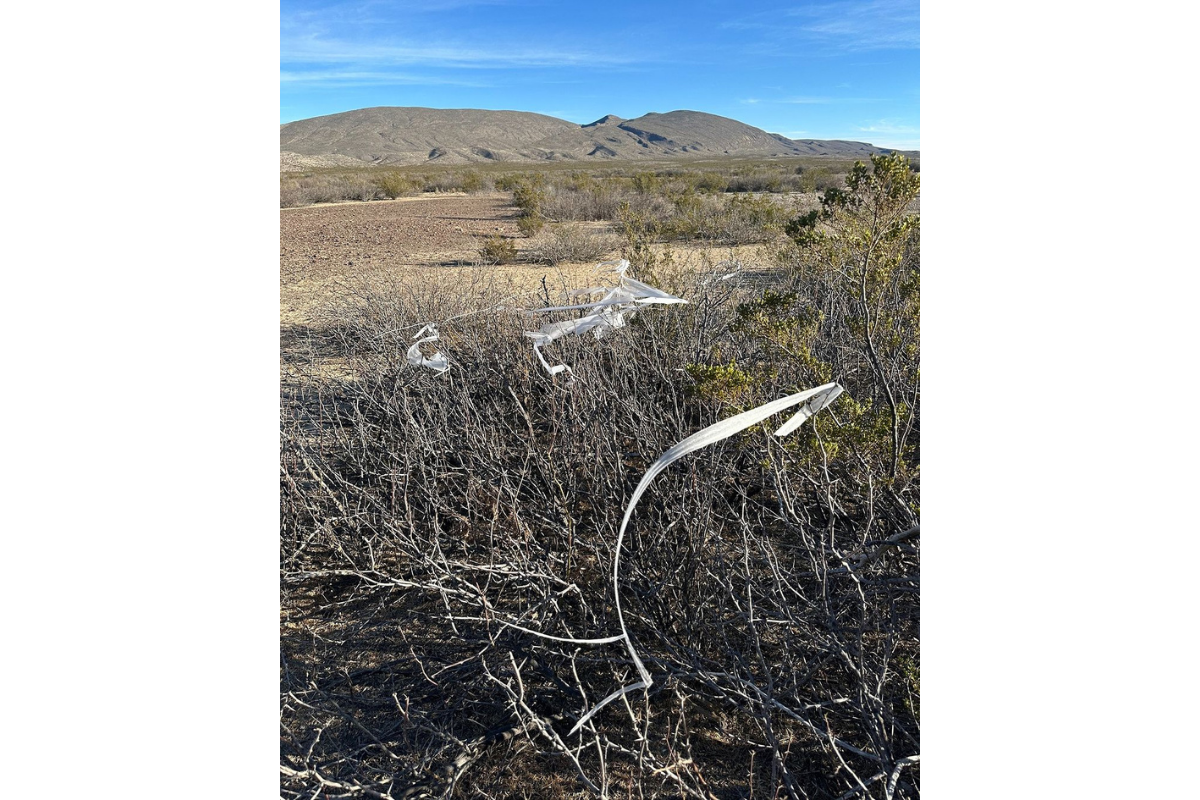
While plenty of visitors are good stewards of public land, trash can become a problem, especially as many parks easily see a million visitors a year. The National Park Service follows the Leave No Trace policy. The principle means everything brought to the park should go home with the guests or, at the very least, be disposed of properly. The main proponent of this initiative is the Leave No Trace organization, which works in parks nationwide to try to keep our natural spaces clean.
Leave No Trace: Even Your Snacks
Leaving no trace even includes food scraps. Many people think food will break down more quickly or that they’re simply feeding wildlife. However, leftover food can cause a big problem in many places.
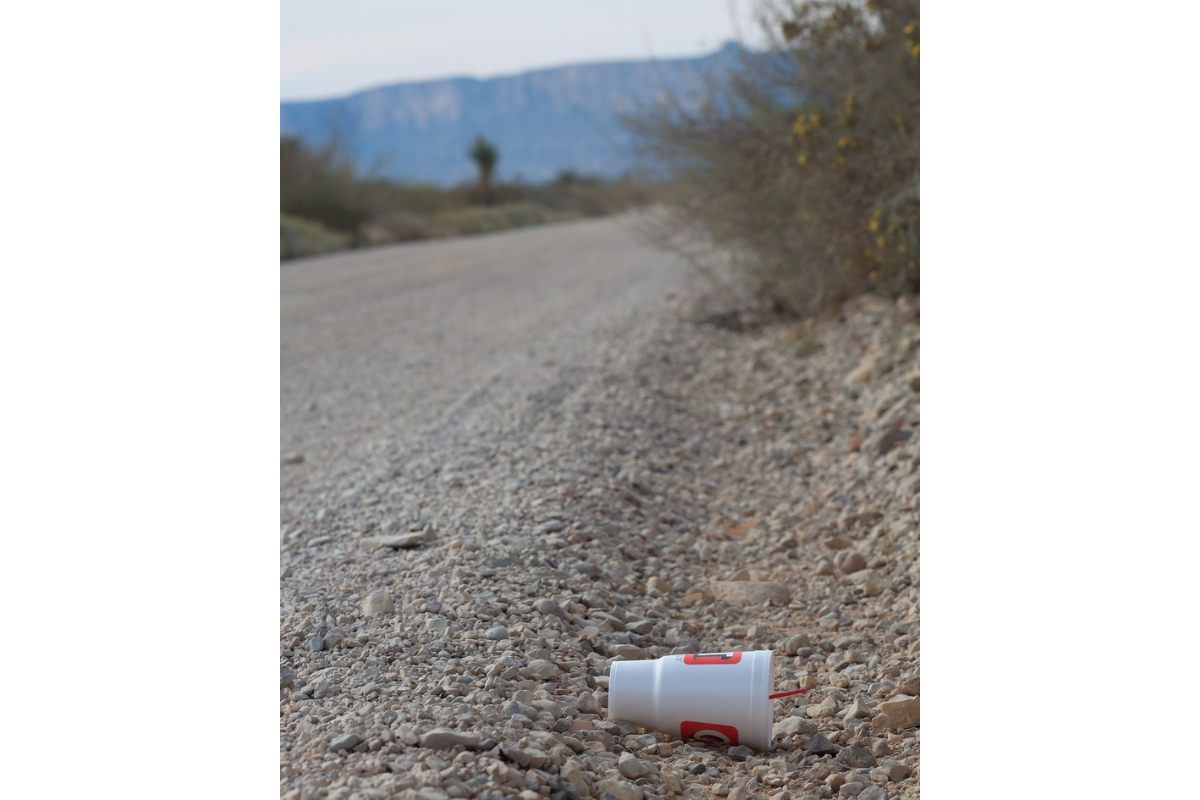
For one, leaving behind food at a campsite or similar area teaches animals like bears that they can go there to find food. This is a dangerous behavior for both people and bears.
Secondly, scraps like bananas, orange peels, and other similar items don’t belong in certain ecosystems.
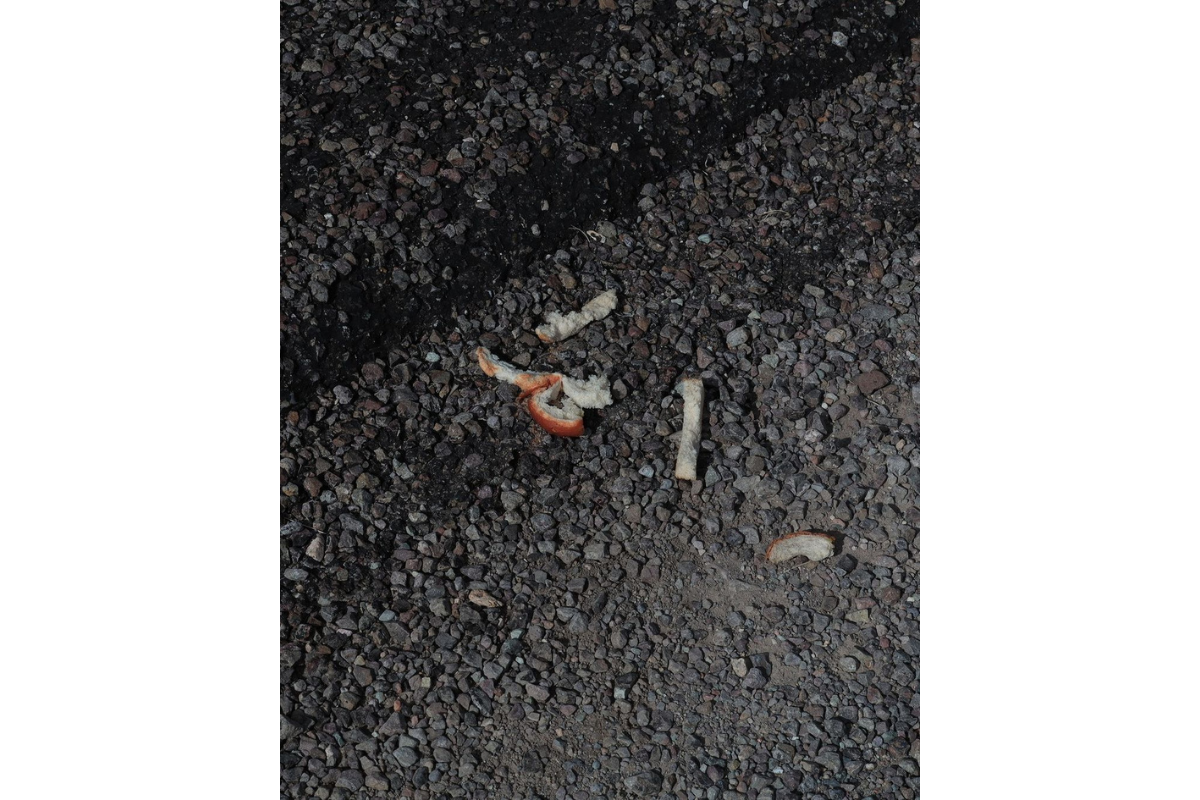
“Whether it’s an apple core from the window of a moving car, or an orange peel casually left on the side of a trail, our food waste attracts wildlife to areas with high human activity,” wrote Leave No Trace on their website. “Food thrown alongside roads draws wildlife nearer to roadways and increases the likelihood they will end up as road kill. Scraps tossed on the trail bring wildlife closer to the trail corridor as they seek out food.”
So, remember, when you’re at a national park or even hiking close to home, be sure to pack out all your trash.


